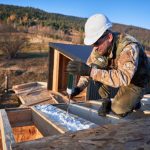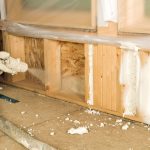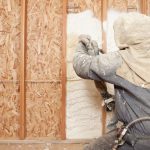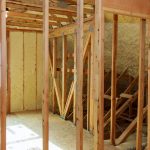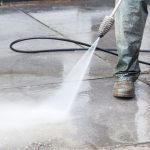- 927 Lee Road 268, Valley, AL
- (706) 773-9274
Air Sealing
Air Sealing alone in your home doesn’t eliminate the need for proper insulation to reduce heat flow through the building envelope.
Air Sealing alone in your home doesn’t eliminate the need for proper insulation to reduce heat flow through the building envelope.
Reducing the amount of air that leaks in and out of your home is a cost-effective way to cut heating and cooling costs, improve durability, increase comfort, and create a healthier indoor environment. Caulking and weatherstripping are two simple and effective air-sealing techniques that offer quick returns on investment, often one year or less. Caulk is generally used for cracks and openings between stationary house components such as around door and window frames, and weatherstripping is used to seal components that move, such as doors and operable windows.
Air leakage occurs when outside air enters and conditioned air leaves your house uncontrollably through cracks and openings. It is unwise to rely on air leakage for ventilation. During cold or windy weather, too much air may enter the house. When it’s warmer and less windy, not enough air may enter, which can result in poor indoor air quality. Air leakage also contributes to moisture problems that can affect occupants’ health and the structure’s durability. An added benefit is that sealing cracks and openings reduces drafts and cold spots, improving comfort.
- The recommended strategy is to reduce air leakage as much as possible and to provide controlled ventilation as needed. Before air sealing, you should first:
- Detect air leaks
- Assess your ventilation needs for indoor air quality
You can then apply air sealing techniques and materials, including caulk and weatherstripping. If you’re planning an extensive remodel of your home that will include some construction, review some of the techniques used for air sealing in new home construction and consider a home energy audit to identify all the ways your home wastes energy and money.
- Areas that could benefit from air sealing include:
- Attic
- Exterior Walls
- Box Sills
- Bump Outs
- Crawl Spaces
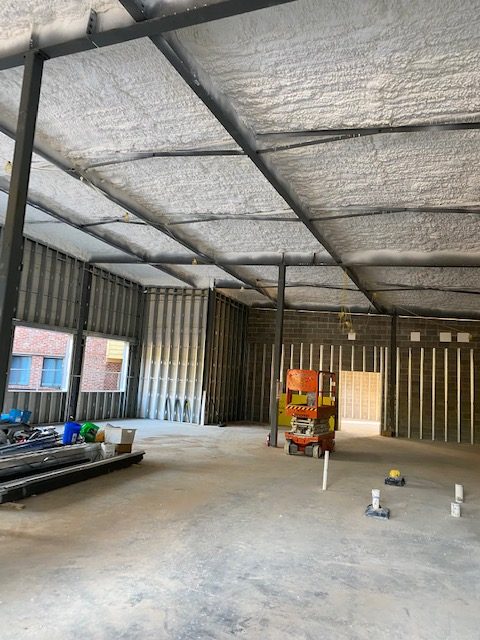
Make the jump to energy efficiency today!
Spray foam insulation is the best choice for energy efficient insulation in your new or existing home.

